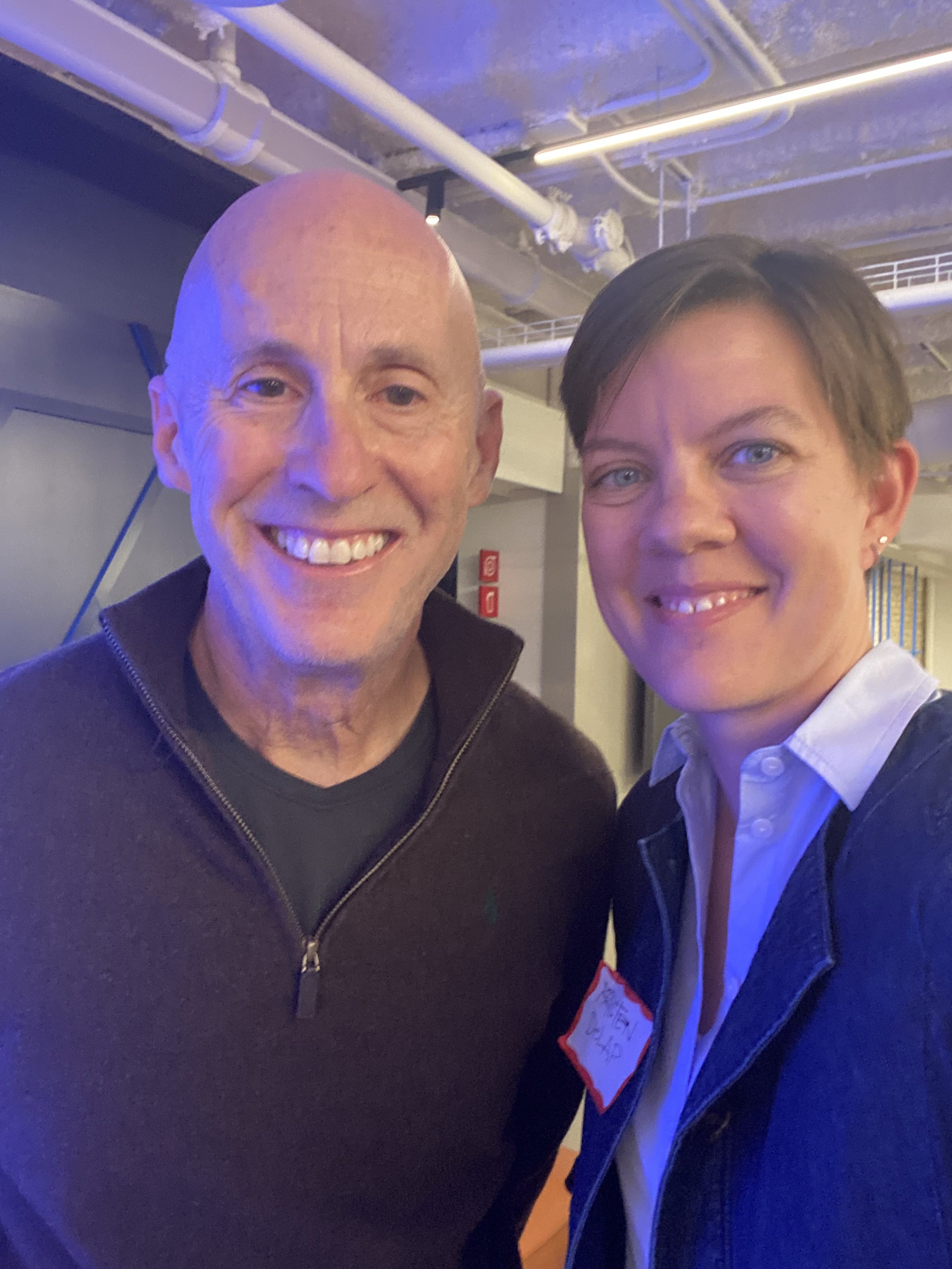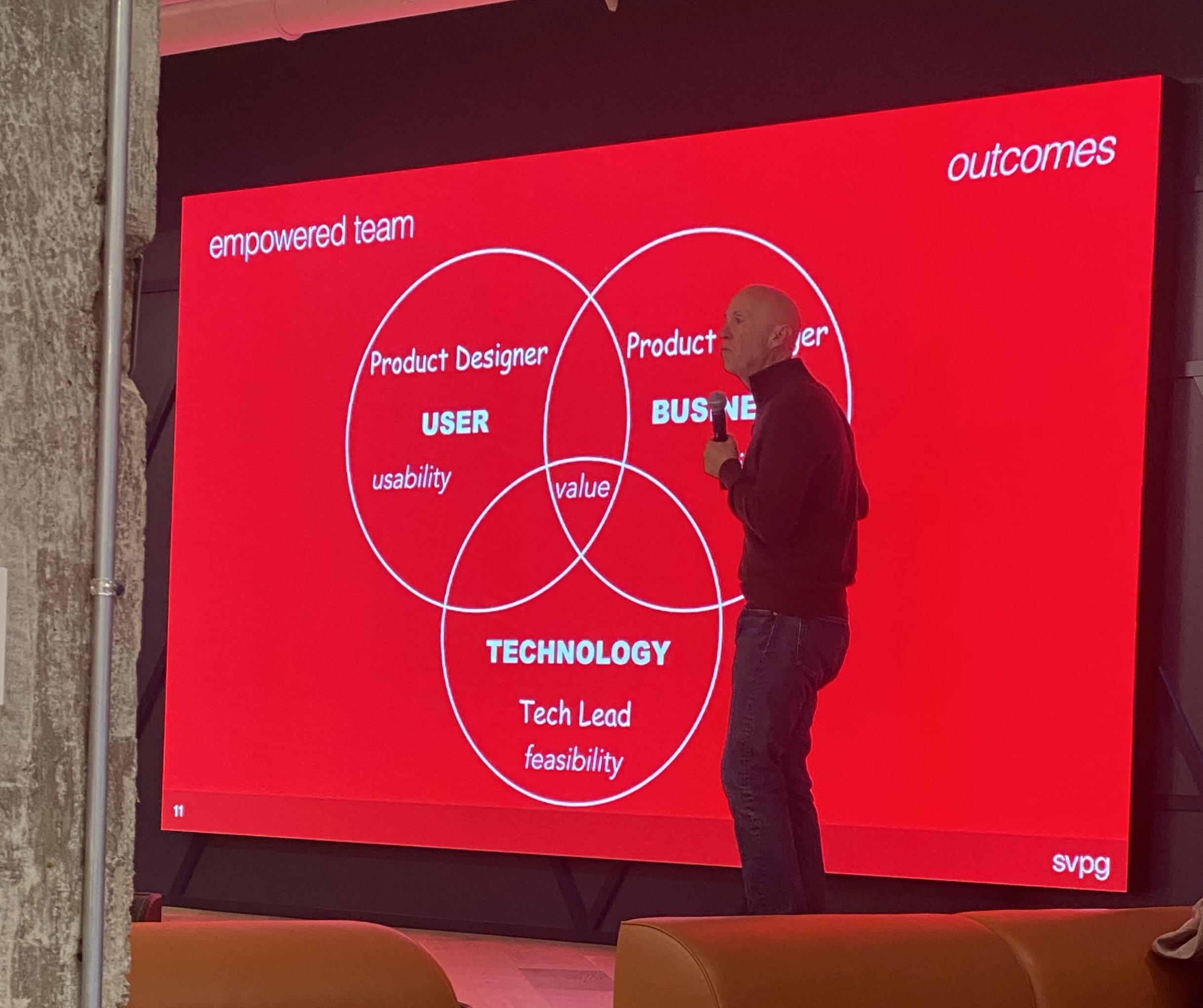At MillerKnoll I lead the Product Guild, a group of digital product folk from across the organization that meets at least twice a month in service of driving forward the adoption of a product-focused mindset across the enterprise. We support each other, developing and unifying our core competencies within product, and it is also an opportunity for me to harmonize everyone on prioritization, intake, roadmapping and best practices. This summer we did our first book club. While it might feel like a large guild is a better setting for this conversation, I encourage you to do this within your individual product teams - the discussion was illuminating.
Transformed: Moving to the Product Operating Model is the third in the series by Marty Cagan, but if you haven’t read any of them, you should make it your starting point. All of these books make for great professional book club fodder, as Cagan’s writing is very conversational and easy to consume, but also very structured. He tells you what he's going to tell you, tells you (including case studies) and then summarizes the key points. It is a perfect set-up for a group discussion.
Transformed teaches the reader how companies can move from their current approaches to the product operating model. It teaches the principles of the model, convinces you that it is possible, and inspires you to get there as an organization. This book particularly was written to appeal to those outside of Silicon Valley.
Transformation dimensions
How you build - small releases, analytics, monitoring (product delivery)
How you solve problems - assign problems to teams, let them find solutions (empowered product teams)
How you decide which problems to solve - product leaders need a vision and insight-based strategy (product leadership)
Competencies
Product Manager
Product Designer
Technical Lead
Product Leaders
Product Model Concepts
Product Teams - empowered with problems to solve, outcomes over output, sense of ownership, collaboration
Product Vision - the power of an inspiring product vision, insights, transparency, placing bets
Product Discovery - assessing product risks, embracing rapid experimentation, testing ideas responsibly
Product Delivery - small, frequent, uncoupled releases, high-integrity commitments, instrumentation, monitoring, deployment infrastructure, managing technical debt
Product Culture - principles over process, trust over control, innovation over predictability, learning over failure
DISCUSSION QUESTIONS
Where is our team and organization falling short in the three dimensions of the product operating model? Where is the most friction between this team and the organization?
In which areas have we become too rigid to the process and it is no longer serving us? How we should go back to our product operating model principles instead?
Which are the least relevant principles to us as an organization?
Do you think of the leaders of design and engineering as product leaders? More or less than the product management leader? Why or why not?
Have you previously used the technique of a high-integrity commitment? Is this a possibility for the next time a stakeholder asks for a date?
Have you needed to address objections to the product model in the past? Was that successful? Do you think the scripts provided by the book will be helpful in future conversations?
What can you do in your role (individual contributor, manager, leader, etc) to forward the product operating model and transformation in our organization?
For more discussion questions, visit the SVPG site.
As part of the Chicago product community, I was thrilled to be able to hear Marty Cagan speak last week at an event sponsored by Mind The Product. It was great to hear his candid and relatable answers to the crowd, and glean encouragement on how we can all make advancements, even as we work toward the large transformations. And I was able to fan-girl a little and get a selfie with Marty.










